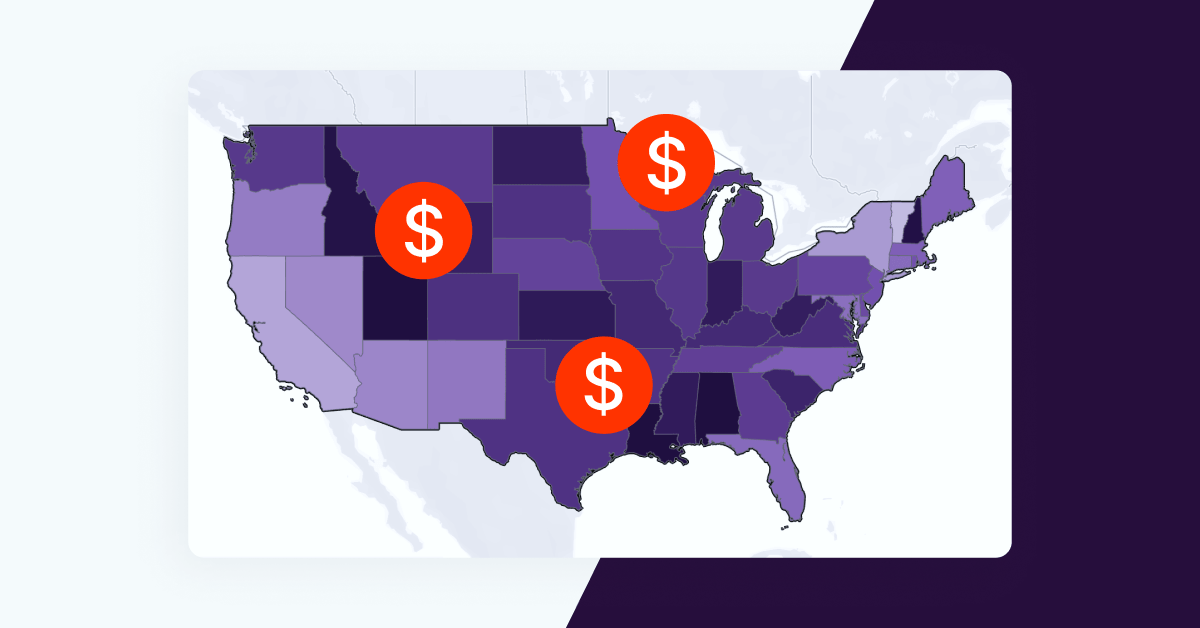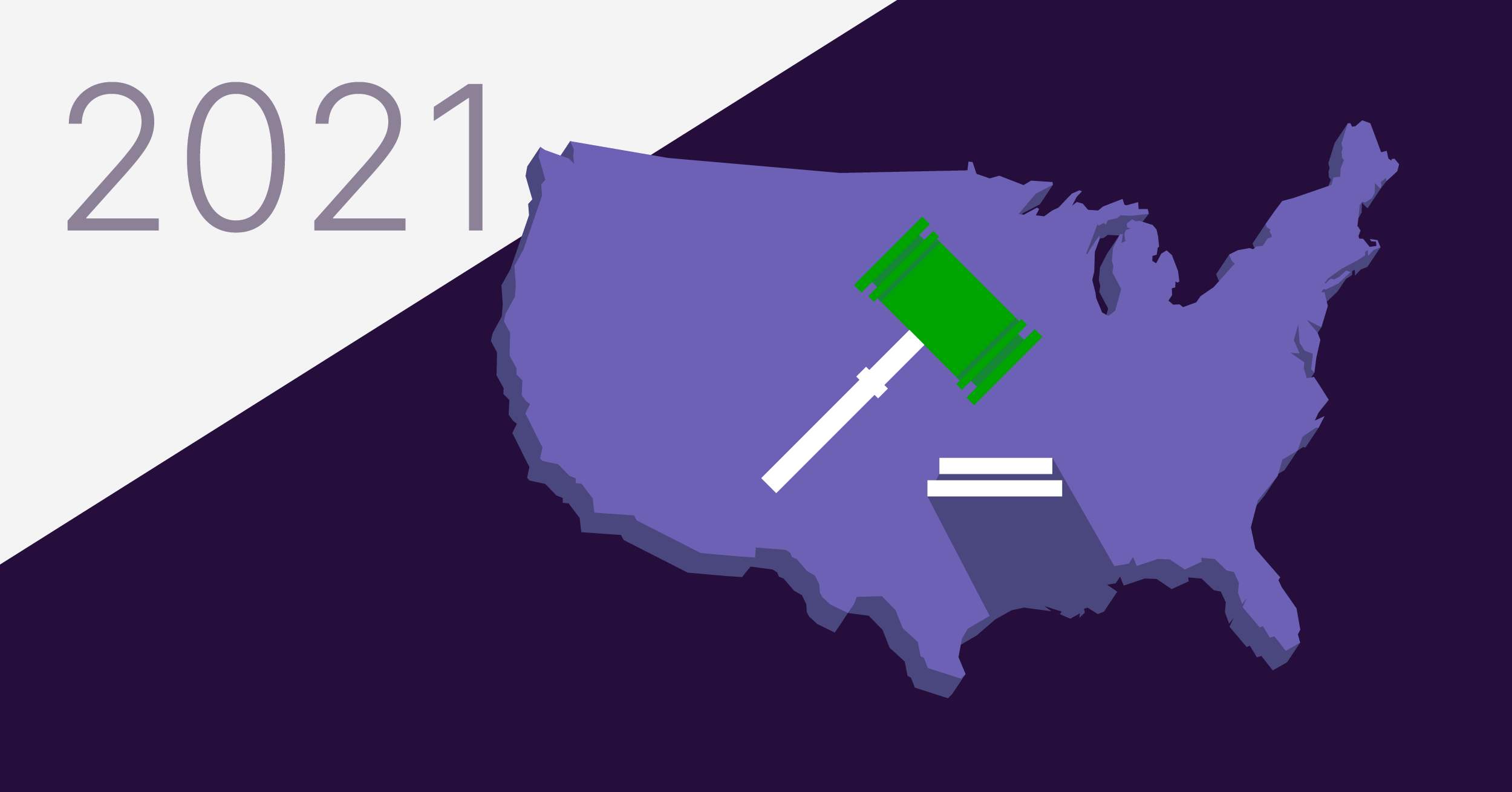For decades, the gender pay gap in the U.S. has been used as a measure of how women — women of color in particular — tend to earn less than men in America. The fact is that women earn 18% less than men in the U.S. — and this problem is widespread and persistent.
What is the gender pay gap?
The gender pay gap is the difference in average earnings between men and women, usually calculated as the difference in mean or median earnings and often referred to as the unadjusted pay gap.
There are various factors that help us understand why women earn less than men, and it is not only due to women earning less than male peers who perform the same or similar work — though this difference (frequently referred to as pay inequity or the adjusted pay gap) is also real. A major contributor to the gender pay gap is disproportionate representation of women in higher-paying roles compared to their proportion of the workforce, known as the opportunity gap. Last year’s Nobel Prize in Economics went to Dr. Claudia Goldin, who has spent much of her career documenting, understanding, and decomposing the reasons why women earn less than men.
The gender pay gap by U.S. state
Using the most recent data available from the Census Bureau, we calculated the gender pay gap in each state among full-time, year-round workers. Though women earn less than men in all 50 states and DC, the gender pay gap in the U.S. varies significantly by state. The largest gender pay gap is in Utah, where women earn 27% less than men on average. The next largest gaps are in Louisiana, Alabama, and New Hampshire, all at 25%.
On the other end of the spectrum, the smallest gender pay gaps in the U.S. are in Vermont at 11%, and in California and New York at 12%. In the interactive map below, you can see how the gender pay gap varies by state.
The overall level of earnings varies for both men and women, as well, with the highest earnings in the District of Columbia and the lowest in Mississippi.
Does your organization have a gender pay gap?
Even within organizations, women tend to earn less than men. Organizations can take concrete steps to identify and address issues in workplace equity that drive these pay gaps.
Specifically, companies should ensure both pay equity — that women and people of color earn similar amounts as their peers in similar positions — and opportunity equity — that women and people of color are not less likely to be promoted to or occupy management and leadership positions. Syndio’s Workplace Equity Analytics Platform empowers businesses to address their pay gaps through in-depth analysis and resolution of pay inequities and assessing fairness in hiring, promotions, and retention processes.
Opportunity gaps are a major driver of unadjusted pay gaps in organizations. Explore how long it will take to close career advancement gaps in American workplaces in our latest U.S. Opportunity Gap Report.
The information provided herein does not, and is not intended to, constitute legal advice. All information, content, and materials are provided for general informational purposes only. The links to third-party or government websites are offered for the convenience of the reader; Syndio is not responsible for the contents on linked pages.



